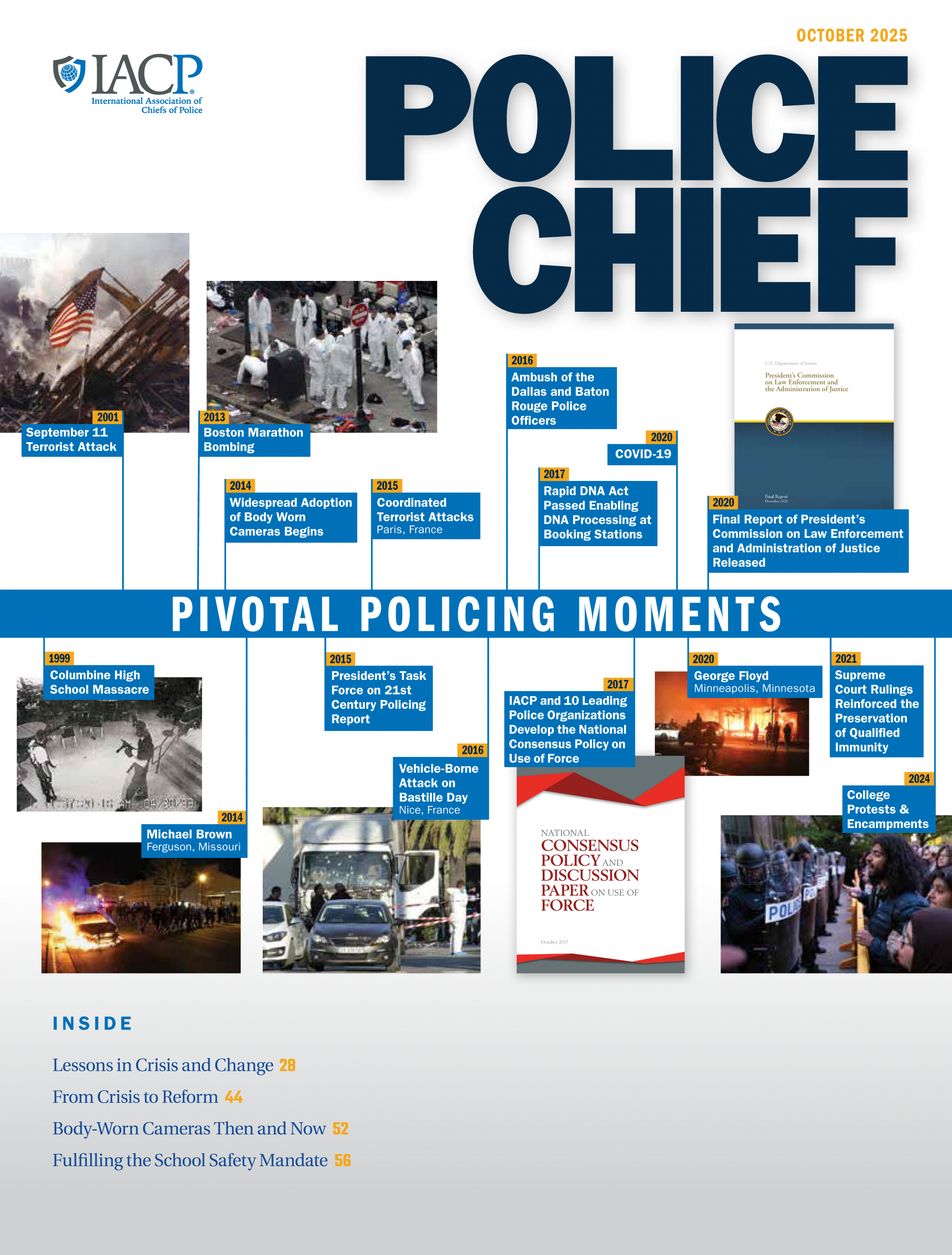The U.S. Supreme Court’s October 2018 through June 2019 term began with only eight of the nine justices seated. Justice Brett Kavanaugh did not get confirmed and sworn in until October 6, 2018, and then, only a few months later, Justice Ruth Bader Ginsburg’s illness kept her off the bench for oral arguments in January. It wasn’t until February 2019 that the court consistently had all nine justices to hear oral arguments. This probably contributed to last session’s unusually slow pace in deciding cases and issuing opinions.
However, every chief should be reminded that, even if the subject of a court case is not technically a criminal justice matter, it can still impact law enforcement officers and staff in very profound ways. Therefore, it is critical for police leaders in the United States to stay abreast of all U.S. Supreme Court decisions—and, sometimes, it is even more important to know what criminal justice and other high-profile matters they have chosen to review. For example, this term is shaping up to be a block-buster term, as the court has already granted review in 50 cases, which is far more than it normally grants this early in the process. Cases on the docket involve very controversial issues such as the Second Amendment, sexual orientation discrimination in employment, the Affordable Care Act, and government aid to parochial schools. Considering that 2020 will include a U.S. presidential election, all law enforcement executives will have to be especially alert and ready to adjust policies and procedures that could be affected by upcoming decisions.


